In May 2020, the 10-15t/h commercial livestock and poultry feed mill project in Fergana, Uzbekistan, undertaken by Richi Machinery, was officially completed and put into operation after installation and commissioning. So far, the total power 410kw poultry feedstuff powder feed processing unit line for 2-8mm pellet feed runs smoothly, and is highly praised by customers for its high efficiency, low consumption and safety.

The Uzbekistan customer's initial demand was a 5-7 ton per hour livestock poultry animal feed processing plant, and according to the customer's needs, we have successively provided 8 feed pelleting line designs. After one month of negotiations, the output of the commercial feed mill became 10-15 tons/hour due to the increase in the project investment. The engineer team of RICHI re-modified the plan according to the latest needs of customers.
This project uses industrial land to mainly build an animal feed production line and supporting facilities. At the same time, the project also builds auxiliary projects, storage and transportation projects, public projects, and environmental protection projects. Its production capacity is 100,000 tons/year.
The total labor force of the project is 20 people, and the production line operates 300 days a year, with four shifts and three operations.
Name:
Poultry & Livestock Feed Pellet Line
Country:
Uzbekistan
Date:
Sep 25th, 2018
Capacity:
10-15T/H
Feed Size:
2-8mm
The install period:
60 Days
Control Mode:
Full Automatic
Guiding Price:
580,000 USD
The product produced by this 10-15t/h livestock and poultry feed mill plant in Uzbekistan project is livestock and poultry feed. The product plan of this project is shown in the table below.
| Product Name | Annual Output (10,000 tons) |
| Livestock and Poultry Feed (bulk) | 4 |
| Livestock and Poultry Feed (bag) | 6 |
| Total | 10 |
This 10-15t/h livestock and poultry feed mill plant in Uzbekistan project uses the newly built factory building in the factory area as the production site. The project does not involve new land use. The main construction content is the construction of the 2-6F factory building of the production workshop, the installation and commissioning of the production line and equipment.
The project volume is small and there is no civil engineering. This poultry livestock feed production line project builds a new factory building to renovate its interior and install equipment, and at the same time builds a 6-story feed production workshop. The main components of this project are shown in the table below.
| Project classification | Project composition | Main content |
| Main project | Feed production line | Located on the east side of the plot, with a construction area of 8532m2, a 6-story steel structure plant, 35.5m high, with 1 production line, the main equipment includes raw material initial cleaning section, crushing section, batching section, mixing section, granulation section, finished product packaging section, etc., with an hourly production capacity of 10-15t. |
| Auxiliary project | Office and living area | Located on the west side of the plot, with a construction area of 700m2, a 2-story reinforced concrete structure, 1F is arranged with a canteen, inspection room, and shift dormitory, 2F is a conference room, office area, and shift dormitory. |
| The guard room and weighing room | are located on the southwest side of the plot, with a construction area of 20m2. | |
| The heating room | is located on the northeast side of the plot, with a construction area of 48m2, and is equipped with two 1.5t/h steam generators. | |
| The fire water tank | is located on the northeast side of the plot, with a volume of 235m3. | |
| The canteen | is located on the 1F of the office and living area, with a construction area of 100m2. | |
| The power distribution room | is located on the southeast side of the plot, with a construction area of 5m2. | |
| Storage and transportation engineering | Raw material warehouse | Located in the middle of the plot, with a construction area of 1605m2, it is used to store raw materials such as wheat bran and soybean meal. |
| Finished product warehouse | Located on the south side of the plot, with a construction area of 1605m2, it is used to store finished products. | |
| Woven belt warehouse | Located on the south side of the production workshop, with a construction area of 430m2, it is used to store woven bags. | |
| Small material room | Located on the east side of the feed production line, with a construction area of 230m2, it is used to store additives and other medicines. | |
| Oil storage tank | Located on the east side of the fire water pool, 2, each with a capacity of 15t, it is used to store soybean oil. |
The main production equipment of this 10-15t/h livestock and poultry feed mill plant in Uzbekistan project is detailed in the table below.
| Serial number | Equipment name | Model | Detailed parameters | QTY |
| Raw material receiving and initial cleaning section | ||||
| 1 | Scraper conveyor | TGSS25 | 15t/h | 1 |
| 2 | Elevator | TDTG50/23 | 15t/h | 2 |
| 3 | Scraper conveyor | T GSS25 | 15t/h | 1 |
| 4 | Preliminary sieve for pellets | SCY80 | 15t/h | 1 |
| 5 | Permanent magnetic tube | TXCT25 | 15t/h | 1 |
| 6 | Rotary distributor | TFPX.4 | 15t/h | 1 |
| 7 | Preliminary screening of granules | SQLZ80*90*110 | 15t/h | 1 |
| 8 | Permanent magnet cylinder | TXCT25 | 15t/h | 1 |
| 9 | TFPX.10 | / | 1 | |
| 10 | Pulse dust collector | TBLMFa21-1500 | Fan 3kw, air volume 5200m3/h | 2 |
| 11 | Pulse dust collector | TBLMFa4 | Fan 0.75kw, air volume 1600 m3/h | 2 |
| Crushing section | ||||
| 12 | Crushing silo | 80m3 | / | 1 |
| 13 | Impeller feeder | TZMQ20×100 | 15t/h | 2 |
| 14 | Crusher | SFSP66*100 | 15t/h | 1 |
| 15 > | Horizontal screw conveyor | SWLL32 | 15t/h | 1 |
| 16 | Elevator | TDTG50/23 | 15t/h | 1 |
| 17 | Rotary distributor | TFPX.10 | / | 2 |
| 18 | Impeller feeder | SWLY20*60 | 15 t/h | 1 |
| 19 | Crusher | SFSP66*60 | 15 t/h | 1 |
| 20 | Horizontal screw conveyor | SWLL25 | 15 t/h | 1 |
| 21 | Elevator | TDTG50/23 | 15t/h | 1 |
| 22 | Pulse dust collector | TBLMFa.56-2000 | Fan 22kw, air volume 20500m3/h | 1 |
| 23 | Pulse dust collector | TBLMFa4 | Fan 0.75kw, air volume 1600m3/h | 1 |
| 24 | Pulse dust collector | TBLMFa.48-2000 | Fan 22kw, air volume 20500m3/h | 1 |
| Batching section | ||||
| 25 | Batching silo | 300m3 | / | 1 |
| 26 | Out-of-warehouse machine | TWLL32 | 15t/h | 4 |
| 27 | TWLL25 | 15t/h | 6 | |
| TWLL20 | 15t/h | 6 | ||
| TWLL16 | 15t/h | 6 | ||
| 28 | Ingredients Scale | PCS-15 | 15t/h | 1 |
| 29 | match Material scale hopper | PCS-10 | 15t/h | 2 |
| 30 | Calibration scale | PCS-030 | / | 1 |
| 31 | Material Bit device | / | 1 | |
| 32 | Scraper conveyor | TGSS25 | 15t/h | 1 |
| 33 | Elevator | TDTG50/28 | 15t/h | 1 |
| 34 | Pulse dust collector | TBLMFa.4 | Blower 1.5kw, air volume 2350 m3/h | 1 |
| Mixing section | ||||
| 35 | Mixed material silo | 5m3 | / | 1 |
| 36 | Material level device | / | / | 2 |
| 37 | High efficiency mixer | SSHJ4 | 15 t/h | 1 |
| 38 | Buffer bucket | 5m3 | / | 1 |
| 39 | Unpowered pulse dust collector | TBLMFa4 | Air volume 10000m3/h | 1 |
| 40 | Scraper conveyor | TGSS25 | 15t/h | 1 /td> |
| 41 | Elevator | TDTG50/28 | 15t/h | 1 |
| 42 | Finished product inspection sieve | SQLZ80 | 15t/h | 1 |
| 43 | Permanent magnet tube | TXCT30 | 15t/h | 1 |
| Pelletizing section | ||||
| 44 | Pelletizing silo | 2*15m3 | / | 2 |
| 45 | Feed pellet machine | SZLH508 | 15t/h | 1 |
| 46 | Closed air feeder | GFZ.16 | 15t/h | 1 |
| 47 | Counterflow cooler | SKLN8 | 15t/h | 1 |
| 48 | Cooling fan | 4-72-8c | Fan 37kw, air volume 36000m3/h | 1 |
| 49 | Discharger | 1500 | 15t/h | 1 |
| 50 | Pellet crumbler machine | SSLG24×165 | 15t/h | 1 |
| 51 | Elevator | TDTG50/23 | 15t/h | 1 |
| 52 | Scraper Conveyor | TGSS25 | 15t/h | 1 |
| 53 | Rotary Classifying Screen | SFJH150×2C | 15t/h | 1 |
| 54 | Rotary distributor | TFPX.4 | 15t/h | 1 |
| 55 | Scraper conveyor | TGSS25 | 15t/h | 1 |
| 56 | Rotary distributor | TFPX.6 | 15 t/h | 1 |
| 57 | Pulse dust collector | TBLMFa4 | Fan 0.75kw, air volume 1600m3/h | 2 |
| Finished product packaging section | ||||
| 58 | Finished product warehouse | 40m3 | / | 1 |
| 59 | Material level device | / | / | 5 |
| 60 | Automatic packaging scale | DCS-50C-N5s | 15t/h | 2 |
| 61 | Seam-mouth combined conveyor | / | 15t/h | 2 |
| 62 | Manual packaging warehouse | m3 | / | 1 |
| Bulk section | ||||
| 63 | Bulk finished product warehouse | 100m3 | / | 1 |
| 64 | Material level device | / | 12 | |
| Auxiliary section | ||||
| 65 | Pulse dust collector | TBLMFa.21-1500 | Fan 3kw, air volume 5200m3/h | 1 |
| 66 | Air compressor | GFZ.7 | / | 1 |
| 67 | Air storage tank | 2m3 | / | 1 |
| 68 | Air dryer | / | / | 1 |
| 69 | Grease adding system | STYV32C | / | 1 |
| 70 | Pipeline, adding scale | / | / | 1 |
| Auxiliary facilities | ||||
| 71 | Steam generator | 1.5t/h | 1.5t/h | 2 |
| 72 | Steam generator fan | / | Air volume2000m3/h | 1 |
| 73 | Fire water tank | / | 235m3 | 1 |
| 74 | Biochemical pool | / | 20m3 | 1 |
| The pelletizer cuts large feed particles into small particles, and the air dryer is used to dry the air generated by the air compressor | ||||
Note: The hourly capacity of the livestock and poultry feed mill plant in Uzbekistan is 10-15 tons, the annual working days are 300 days, and the working hours are 16-24 hours a day, so the annual output of feed is 108,000 tons.
Considering the abnormal situations such as equipment maintenance and normal overhaul, its capacity is less than the expected capacity, which is basically matched with the designed annual production of 100,000 tons of feed, and can meet the production needs of products.
The annual consumption of main raw and auxiliary materials and energy used in this 10-15t/h livestock and poultry feed mill plant in Uzbekistan project is shown in the table below.
| Serial number | Name | Annual usage t/a | Temporary storage t/a | Packaging form | Source |
| 1 | Corn | 56693.05 | 1500 | Bagged, 60kg/bag | Purchased from outside |
| 2 | Soybean meal | 20009.31 | 700 | Bag, 70kg/bag | Purchased |
| 3 | Wheat bran | 10004.66 | 150 | Bag, 40kg/bag | Purchased |
| 4 | Flour | 2667.91 | 50 | Bag, 25kg/bag | Purchased |
| 5 | Puffed soybeans | 2000.93 | 40 | Bag, 50kg/bag | Purchased from outside |
| 6 | Rice bran | 3334.89 | 80 | Bag, 50kg/bag | Purchased from outside |
| 7 | Soybean oil | 133. 4 | 3 | Canned | Purchased |
| 8 | Additives | 5202.42 | 200 | Bagged, 20-25kg/bag | Purchased |
| Total | 100046.56 | ||||
| Remarks: Additives mainly include vitamins, minerals, lysine and threonine. | |||||
The material balance of this 10-15t/h livestock and poultry feed mill plant in Uzbekistan project is shown in the table below.
| Raw material input (t/a) | Output (t/a) | ||
| Corn | 56693.05 | Feed products | 100000 |
| Soybean meal | 20009.31 | Organized dust emission | 3.84 |
| Wheat bran | 10004.66 | Unorganized dust emission | 42.72 |
| Flour | 2667.91 | Dust removal ash(recycled) | 380.64 |
| Puffed soybeans | 20 00.93 | ||
| Rice bran | 3334.89 | ||
| Soybean oil | 133.4 | ||
| Additives | 5202.42 | ||
| Dust removal ash (recycled) | 380.64 | ||
| Total | 100427.2 | Total | 100427.2 |
Based on the customer's raw materials and feed types, the feed production process we designed for the customer is mainly divided into raw material unloading, transportation, impurity removal, crushing, batching, mixing, granulation, and packaging sections.
The raw material receiving and storage section combines manual and mechanical receiving methods.
After the packaged raw materials are transported to the factory by car, they are unloaded manually and transported to the raw material warehouse by forklift for partitioned stacking; corn, soybean meal, wheat bran, flour, puffed soybeans, rice bran, and additives are transported to the factory by car in bagged form and unloaded directly to the raw material warehouse; soybean oil is received by tank trucks and then pumped to oil storage tanks for storage.
Since the dust-producing raw materials used in this 10-15t/h livestock and poultry feed mill plant in Uzbekistan project are all in bagged form, the amount of dust generated in the unloading and storage links is not considered.
Impurities in feed raw materials not only affect the quality of feed products but also directly affect feed processing equipment and personal safety. In severe cases, the entire equipment may be damaged, affecting the smooth progress of feed production.
Therefore, before the raw materials are crushed, the raw materials (mainly corn, soybean meal, wheat bran, flour, puffed soybeans, rice bran) need to be cleaned of coarse impurities and metal impurities inside the raw materials through fences, primary cleaning screens, and permanent magnetic drums.
The raw materials are lifted to the sixth-floor primary cleaning section by the production workshop elevator. The raw materials entering the material pit are cleaned of larger impurities by the fence at the feed inlet, and then transported by scraper conveyors and self-cleaning elevators through primary cleaning screens and permanent magnetic drums to remove coarse impurities and metal impurities inside the raw materials.
The raw materials entering the screen drum, the raw materials passing through the screen holes, enter the permanent magnetic drum through the material pipe, and then enter the silo through the distributor. The debris or agglomerated raw materials that do not pass through the screen holes are separated into the waste pipe and taken out by workers for separate treatment.
The qualified raw materials are fed according to the production plan and then sent to the crushing bin by the elevator. The granular raw materials that need to be crushed in this project include corn, wheat bran, soybean meal, etc.
The material to be crushed enters the crushing bin after initial cleaning, is fed through the top feed port of the feeder, and enters the crushing chamber of the crusher to the left or right through the feed guide plate.
Under the impact of the high-speed rotating hammer and the friction of the screen plate, the material is gradually crushed and discharged from the base outlet through the sieve holes under the action of centrifugal force and airflow. The raw material is crushed and the outlet temperature is generally 7-12°C. The fineness of the raw material can be controlled by the size of the screen (about 1.5mm-2mm).
The 10-15t/h livestock and poultry feed mill plant in Uzbekistan project uses a high-frequency speed-regulating crusher, which has the characteristics of good sealing, good stability and low noise.
A scraper conveyor is set under the crusher. The crushed raw materials are transported to the collecting hopper by the scraper conveyor, and then sent to the batching bin by the self-cleaning elevator and distributor; the first batching section of the project has a total of 22 batching bins with a total volume of 300m3.
Various raw materials are input into the computer according to the formula, and the computer automatically weighs and batches according to the program.
The raw materials in the batching bin are automatically batched, and the central control system monitors the weighing sensor signals, etc., and the materials are batched into the double-shaft paddle mixer through the batching scale bucket; the small materials are added separately after being mixed, and are added manually. The project is equipped with a small material calibration scale.
The batched materials are automatically put into the mixer and mixed for 3 minutes.
Steam is used for conditioning. Conditioning is the most important link in the granulation process. The quality of the granular feed is directly determined by the quality of the granular feed. The purpose of conditioning is to condition the prepared dry powder into a powdered feed with a certain amount of moisture and humidity that is conducive to granulation, mature the material, improve the suitability, increase the digestibility, and inactivate miscellaneous bacteria. The conditioning temperature is 75-90℃ and the time is 180 seconds.
The prepared powder enters the conditioner cylinder through the automatic feeder, and the powder is thrown up and pushed by the rotating conditioner blades to continuously mix with the high-pressure steam sprayed into the conditioner cylinder, causing the starch in the powder to gelatinize and the protein to denature. The high-temperature steam can also play a sterilizing role.
The powder is directly lifted into the powder bin without crushing, and the mixed material is lifted into the granulation bin, granulated by the livestock poultry feed pellet machine, and the prepared pellet feed is cooled to room temperature by the wind cooler.
The cooled feed is graded, measured, packaged, and put into storage. Feed products that do not need to be packaged are transported to the product storage area for temporary storage or directly transported by downstream merchants. Since the finished feed pellets of this livestock and poultry feed mill plant in Uzbekistan project are relatively large, bulk pellet transportation and storage dust are not considered.
After production, the finished product needs to be tested. The test items include moisture, crude protein, crude ash, calcium, total phosphorus, arsenic, lead, aflatoxin, etc. The reagents used are sulfuric acid, hydrochloric acid, sodium hydroxide, ethanol, etc.
The water supply of this livestock poultry feed production line project relies on the municipal pipe network.
This project implements rainwater and sewage separation. The initial rainwater in the factory area is collected by the drainage system and discharged into the municipal rainwater pipe network.
The canteen wastewater of this 10-15t/h livestock and poultry feed mill plant in Uzbekistan project is separated by grease trap (2m3) and then treated together with domestic sewage in a biochemical tank (treatment capacity 20m3/d). It is then discharged into the sewage treatment plant and discharged into the nearby river after meeting the standards.
This project is powered by the municipal power grid, which provides electricity for all equipment in the factory area.
The 10-15t/h livestock and poultry feed mill in Uzbekistan project builds a steam generator for the finished product tempering process. The tempering link works for 24 hours. The project uses 72t/d of steam and the annual steam consumption is about 21,600t/a.
The 10-15t/h livestock and poultry feed plant in Uzbekistan project land is about 24 mu. According to the site use and surrounding road conditions, the factory has a total of 1 entrance and exit, which is located on the southwest side. The west side is the office building, and the east side is the production plant area. The office and living areas are arranged separately without interfering with each other.
On the left side of the entrance and exit are the guard room and the weighing room, the west side is the office and living area, and the south side is the biochemical pool, which is convenient for collecting domestic sewage. The factory road is arranged between the office area and the production area to facilitate the transportation of raw materials and products.
The production area is arranged on the right side of the project gate, and the raw material warehouse and finished product warehouse are arranged from north to south. The production workshop, woven bag warehouse, and drug room are arranged on the east side. The heating room and fire water tank are arranged on the north side of the production workshop to provide steam and fire water for production. It is arranged in an orderly manner according to the process flow, and the general layout is reasonable.
The sixth floor of the feed production workshop is the raw material receiving and initial cleaning area, the fourth and fifth floors are the silo storage area, the third floor is arranged on the west side of the pelleting area and the middle is arranged on the batching area, the second floor is arranged on the west side of the pelleting area, the middle is the mixing area, the east side is the crushing area, the first floor is the material lifting area, and the west side is arranged on the packaging area. Each section is arranged in order according to the process flow, and the overall layout is reasonable.
The biochemical pool is located on the west side of the factory gate, the grease trap is located on the west side of the canteen, and the wastewater treatment facilities and production areas are completely separated and do not interfere with each other. In summary, the plan layout of this 10-15t/h livestock and poultry feed mill plant in Uzbekistan project is basically reasonable.
| Item | Emission port/pollution source | Pollutant item | Environmental protection measures |
| Atmospheric environment | Raw material receiving and initial cleaning dust | Particles | are treated by 4 pulse dust collectors and then discharged through a 35.5m high exhaust pipe (1#). |
| Crushing dust | Particles | are treated by 3 pulse dust collectors and then discharged through a 15m high exhaust pipe (2#). | |
| Batching dust | Particles | are treated by 1 pulse dust collector and then discharged through a 15m high exhaust pipe (3#). | |
| Mixed dust | Particulate matter | After being treated by a pulse dust collector, it is discharged through a 15m high exhaust pipe (4#). | |
| Natural gas combustion exhaust | Particulate matter, SO2, and NOX | are discharged through 8m high exhaust pipes (5# and 6#) respectively. | |
| Pelletizing dust | Particulate matter | After being treated by two pulse dust collectors, it is discharged through a 15m high exhaust pipe (7#). | |
| Packaging dust | Particulate matter | After being treated by a pulse dust collector, it is discharged through a 15m high exhaust pipe (8#). | |
| Café fume | Café fume, non-methane total hydrocarbons | After being treated by the fume purifier, the exhaust gas is discharged to the roof | |
| Surface water environment | Domestic sewage, cafeteria wastewater | pH, COD, BOD5, SS, NH3-N, animal and vegetable oils | The cafeteria wastewater is treated together with the domestic sewage in the biochemical pool after oil separation and reaches the "Comprehensive Sewage Discharge Standard" and then discharged into the sewage treatment plant |
| Steam condensate, steam generator sewage and softening treatment wastewater | COD, SS | ||
| Initial rainwater | COD, SS | Directly discharged into the rainwater pipe network | |
| Acoustic environment | Production equipment | Factory boundary noise | Select low-noise equipment, reasonable layout, shock absorption, noise reduction, building sound insulation |
| Solid waste | (1) Domestic waste: The domestic waste generated by this project is mainly fruit peels and paper scraps generated by daily office work, which are collected by the sanitation workers in the factory area every day and handed over to the sanitation department for treatment. (2) General industrial solid waste: The general industrial solid waste generated by this project is mainly impurity solid waste, packaging waste materials, dust collector dust, domestic waste, and biochemical pool sludge. After the collection of miscellaneous solid waste, it will be handed over to the sanitation department for treatment. The packaging waste materials will be sold to the material recycling unit. The dust from the dust collector will be collected and reused in production. The sludge from the biochemical pool will be regularly cleaned and handed over to the sanitation department for treatment. (3) Hazardous waste: The hazardous waste generated by this project is inspection waste liquid, waste oil, waste cotton yarn and gloves. After classification and collection, they will be temporarily stored in the hazardous waste temporary storage room and regularly handed over to qualified units for disposal. | ||
| Soil and groundwater pollution prevention and control measures | The oil storage tanks, oil temporary storage room, hazardous waste room, etc. of this project are strictly waterproofed. The key waterproofing is carried out as required. The waterproofing performance of the waterproof layer should not be lower than that of a 6.0m thick clay layer with a permeability coefficient of 1.0×10-7cm/s. | ||
| Environmental risk prevention measures | Place a pallet under the oil barrel, and take measures to prevent wind, rain, sun and leakage in the oil tank, oil storage room and hazardous waste temporary storage room, and manage them by a dedicated person, and set up warning signs. The project's oil tanks, oil storage rooms and hazardous waste temporary storage rooms should be included in the key anti-seepage areas, and other production areas should meet the anti-seepage requirements of general anti-seepage areas. | ||
| Other environmental management requirements | During the project construction period, the engineering command center should appoint a dedicated person to be responsible for environmental protection matters. During the operation period, the environmental management agency shall be the responsibility of the environmental protection department, and the environmental management team shall be responsible for the environmental management and environmental monitoring of the project, and shall be supervised and guided by the project supervisory unit and the local ecological environment bureau | ||
Having the right mix of reliable, high-quality pellet machine and pelletizing systems and expert support is essential to your success. Watch how our end-to-end feed pellet plant solutions have helped our customers optimize their performance.
Our customized and future-proofed turnkey pellet plant solutions is designed with you at the core. From vision to reality and beyond, our team stays connected with yours. Giving you peace-of-mind with an expert at your side.
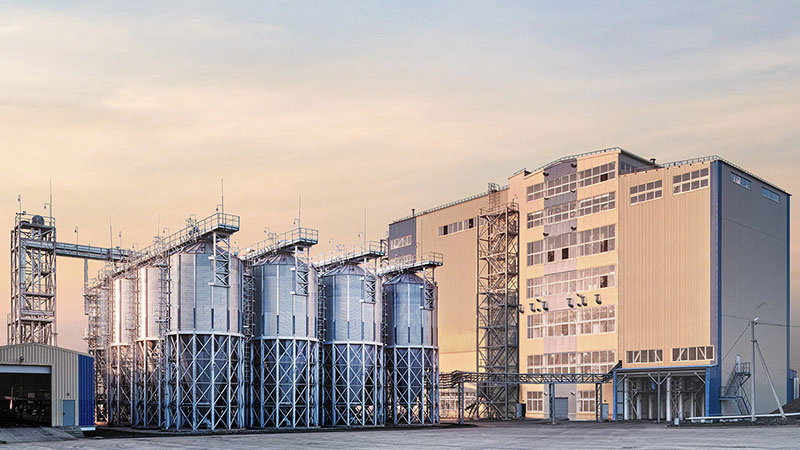
At RICHI, we go beyond project completion. With RICHI Servicee, we’re your dedicated partners in success. Count on us for expert guidance, minimal downtime, and optimized productivity. Choose RICHI for unmatched service and support.
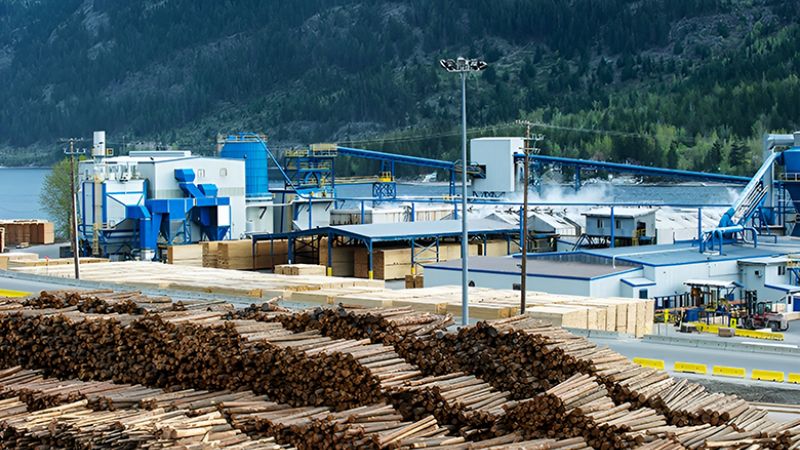
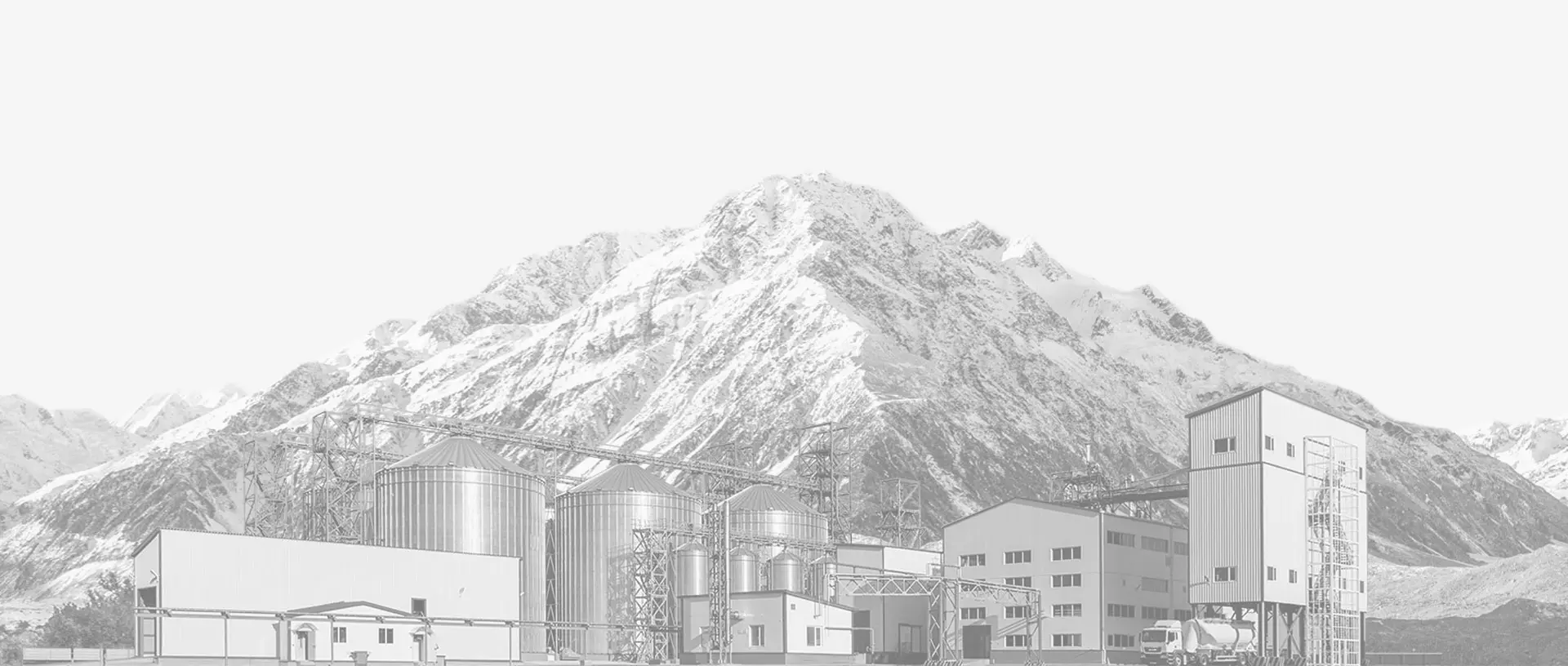

Meet global product demands and quality standards with industry-leading pellet plant design, engineering, equipment, and construction services for pellet processors.
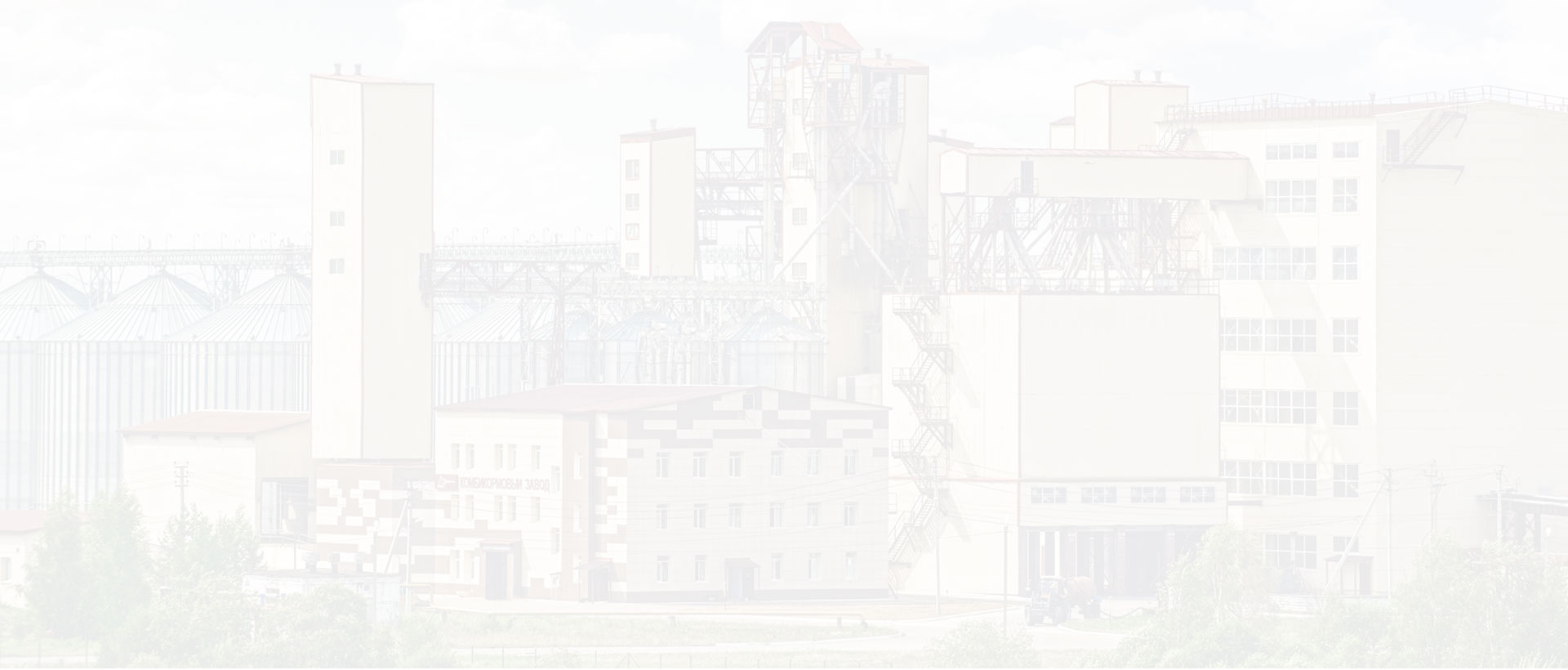
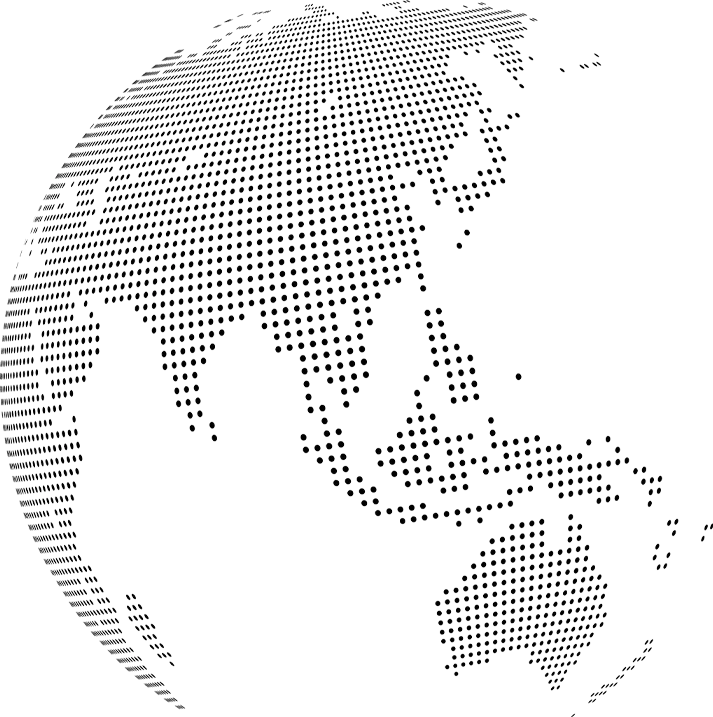
Your Partner Beyond Project Completion
2000+ cases
RICHI is the leading designer, manufacturer and builder of pellet plants in the world, completing over 2000 projects in 140 countries across 6 continents.
Read More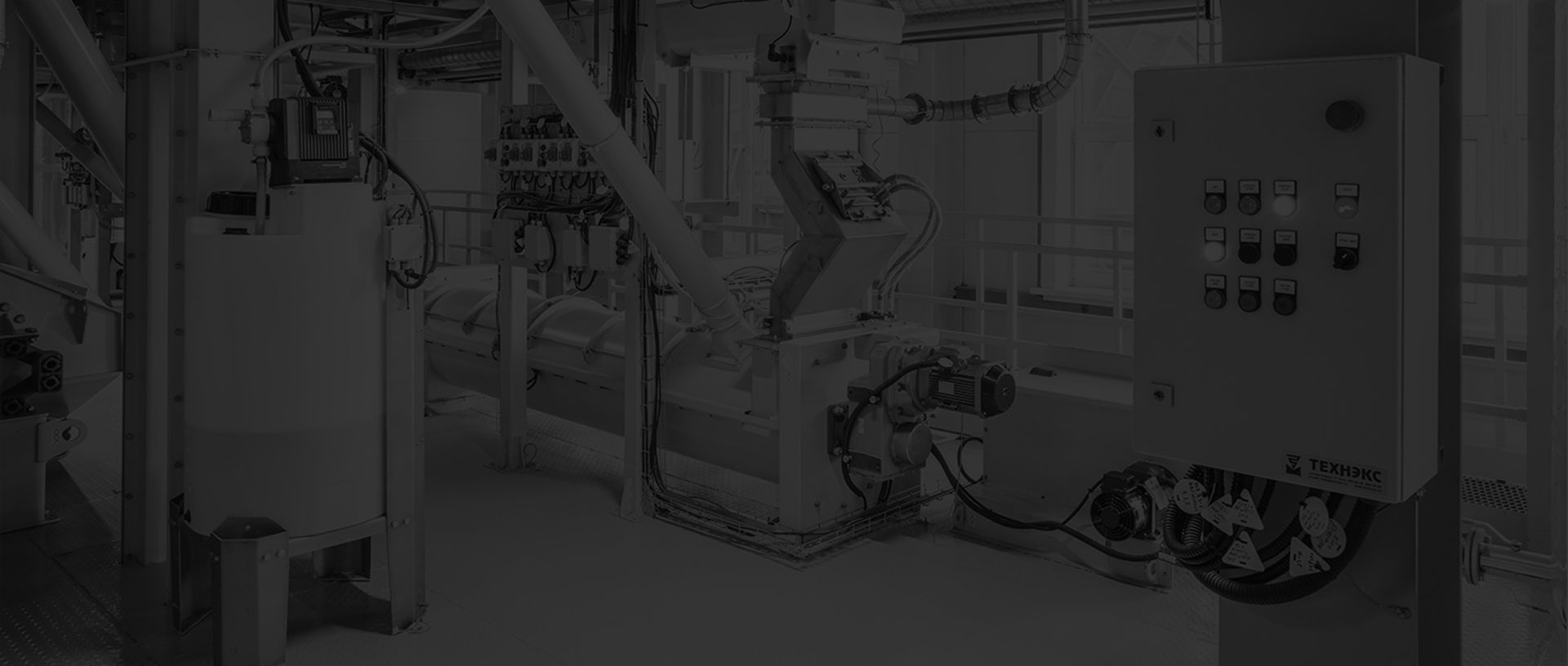
Increase plant productivity, profitability, and safety by integrating high quality equipment into your pellet production line. Over the years, RICHI has become China's top pellet equipment manufacturer. At the same time, RICHI has established valuable partnerships with the world's leading component and raw material manufacturers to bring you the best there is in technology, automation, and efficiency in pelleting plant machinery.
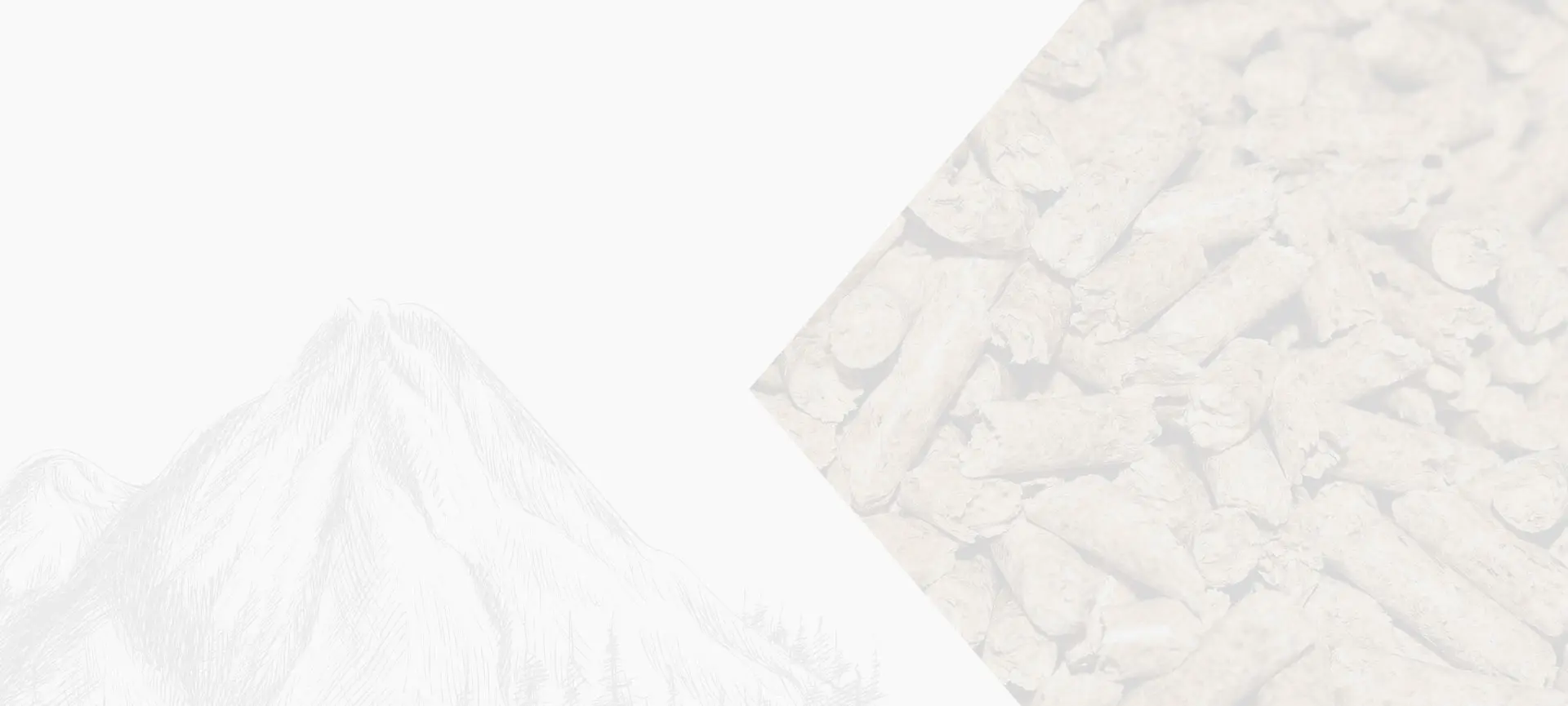
For nearly 30 years, RICHI has been providing best-in-class pellet plant equipment and services to clients across a variety of industries, sizes, and needs. We pride ourselves on the knowledge and skill that each team member possesses – from our technical sales team to our process design engineers. You can count on RICHI Machinery to take your operation to the next level of innovation, quality, and success.
Need help with your pellet manufacturing plant project? Contact us today.
ANIMAL FEED
BIOMASS
WOOD
ORGANIC FERTILIZER
AQUA FEED
CAT LITTER
MUNICIPAL WASTE RECYCLING
SPECIAL PELLET PRODUCTION
RICHI Machinery continues to deliver world class pellet mill equipment, pellet plant engineering and project solutions that add value to our customers in the animal feed, wood waste, agriculture waste, organic fertilizer, cat litter and special pellet products industries. Throughout the years, we RICHI Machinery have built strong brand, becoming industry-leading pellet machine manufacturer. We value integrity, promise quality, and prioritize your success.
Learn MoreWith our expert team, we precisely implement your process engineering requirements in pellet mill and pelletizing plant systems. No matter which industry you’re in – we understand your needs and deliver solutions that meet the highest standards.
At RICHI, quality comes first. Our pellet making machine and related pellet line equipment undergo rigorous quality controls to ensure they meet the highest standards. Rely on products that are durable, safe, and efficient.
With decades of experience in pellet machine and pellet production line production, we have earned a reputation as a trusted partner in various industries. Our expertise allows us to cover a wide range of applications.
Not only do we offer premium pelleting equipment, but we are also experts at designing, building, installing, and maintaining facilities from the ground up. Our expertise is within pellt plant process design, discovering the most efficient, productive, and profitable way to handle your materials in an end-to-end cycle.

Keeping in touch with us is an effective way to solve all your problems. If you have any needs or questions, please leave your contact information, then RICHI technical consultants will send design, quotation, videos to your mailbox. You can also contact us directly via WhatsApp: +86 13838389622
Copyright©2015-2024 by HENAN RICHI MACHINERY CO., LTD. All rights reserved.